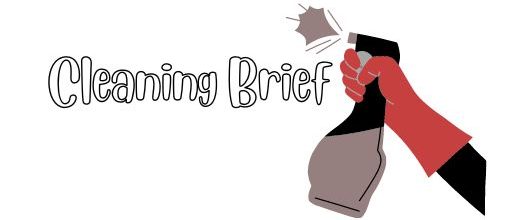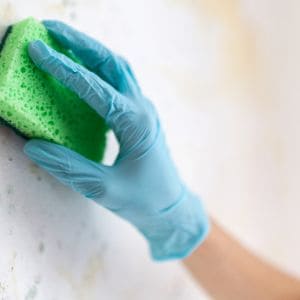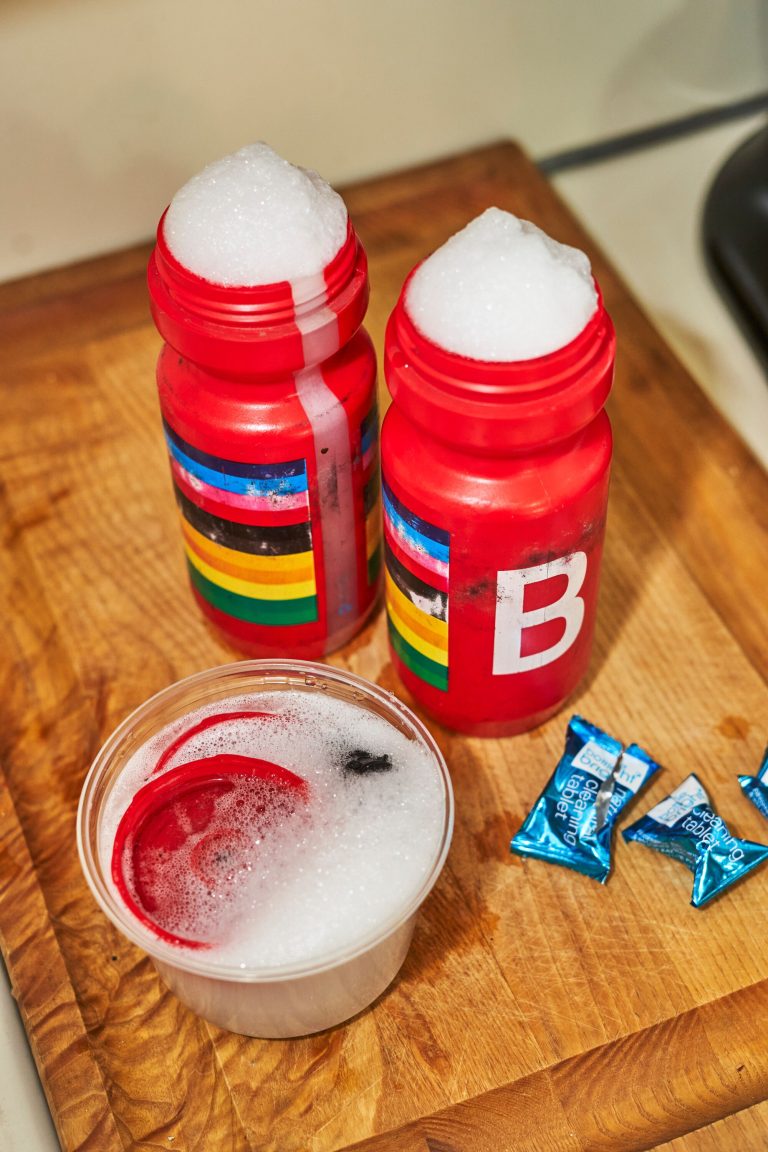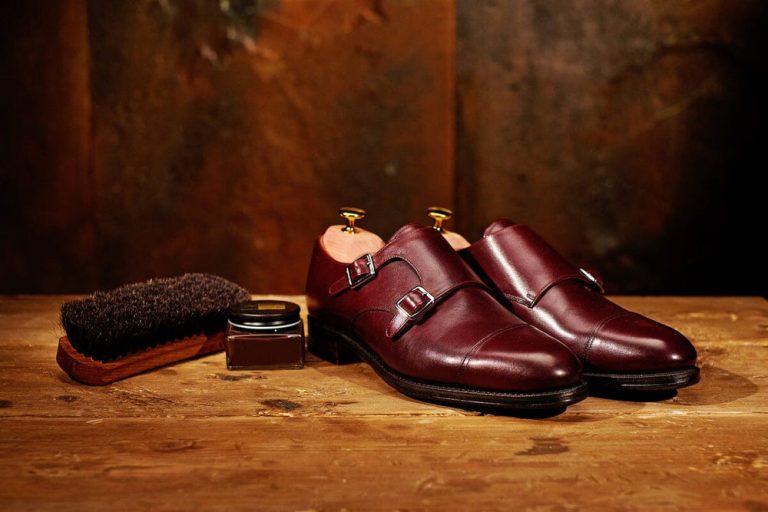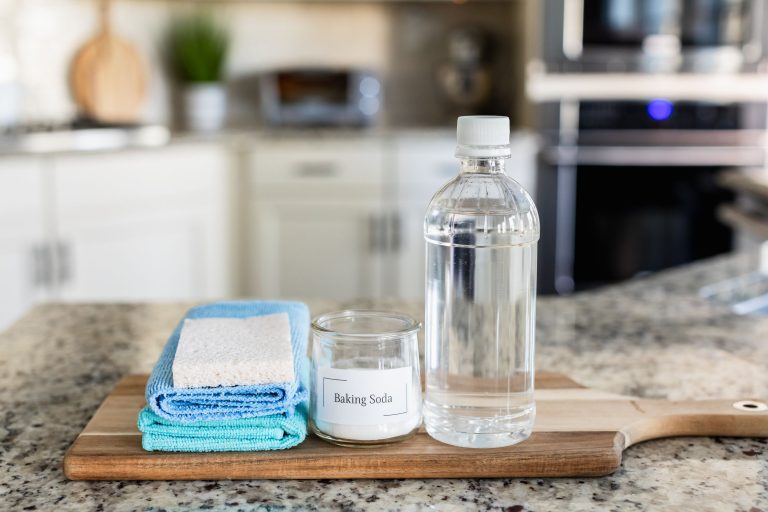How to Banish Mold: Ultimate Guide for Spotless Popcorn Ceilings
To clean mold off a popcorn ceiling, mix equal parts bleach and water, then use a sponge or cloth to gently scrub the affected area. Mold can be a common problem on popcorn ceilings, especially in areas with high humidity or poor ventilation.
Not only is it unsightly, but it can also pose health risks. If left untreated, mold on popcorn ceilings can spread and cause further damage. Luckily, cleaning mold off a popcorn ceiling is a relatively simple process. By following a few steps and using the right products, you can effectively remove mold and restore the appearance of your popcorn ceiling.
We will guide you through the process of safely and efficiently cleaning mold off a popcorn ceiling.
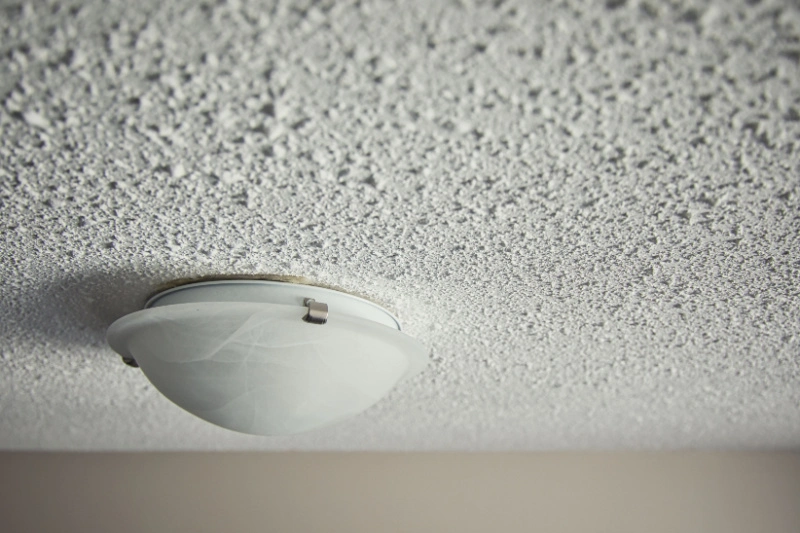
Credit: www.mollymaid.com
Identifying Mold On Popcorn Ceilings
Mold growth on popcorn ceilings can be an alarming sight, posing serious health risks to you and your loved ones. Identifying the presence of mold on your popcorn ceiling is crucial in order to take prompt action and prevent further damage. This section will guide you through the common signs of mold growth and the health risks associated with its presence. By being aware and proactive, you can ensure a clean and safe living environment for yourself and your family.
Common Signs Of Mold Growth
If you suspect mold on your popcorn ceiling, it is important to carefully examine the area for the following common signs:
- Visible discoloration: Look out for patches or spots that appear darker or discolored than the surrounding area. Mold can present itself as black, brown, green, or even white.
- Musty odor: Pay attention to any unusual, strong, and unpleasant odors emanating from your ceiling. Mold often emits a musty smell that can be a clear indicator of its presence.
- Water stains: If you notice any water stains on your popcorn ceiling, it could be a sign of previous or ongoing moisture issues. These conditions provide an ideal environment for mold growth to thrive.
- Peeling or bubbling paint: Examine the surface of your popcorn ceiling for any areas where the paint is peeling, cracking, or bubbling. Mold can cause paint to deteriorate and blister.
Health Risks Associated With Mold
The presence of mold on your popcorn ceiling can pose serious health risks. Mold releases spores into the air which, when inhaled, can lead to various health problems, especially for those with allergies or respiratory issues. Some common health risks associated with mold include:
- Allergic reactions: Exposure to mold spores can cause allergic reactions such as sneezing, coughing, itching, and watery eyes.
- Asthma attacks: Mold can trigger asthma attacks in individuals who are prone to this respiratory condition. It can worsen symptoms and make breathing difficult.
- Respiratory issues: Prolonged exposure to mold can lead to respiratory infections, bronchitis, and other respiratory problems.
- Headaches and fatigue: Mold exposure may cause headaches, fatigue, and general discomfort, making it difficult to concentrate and carry out daily tasks.
If you experience any of these symptoms or have concerns about mold growth on your popcorn ceiling, it is essential to take immediate action to remediate the issue. By addressing mold growth promptly, you can safeguard your health and well-being.

Credit: www.govets.com
Preparing For Mold Removal
Mold on popcorn ceilings can be a health hazard and an eyesore. It is crucial to remove it promptly and effectively to restore a clean and safe living environment. However, before you begin the mold removal process, it is important to take certain safety precautions and gather the necessary supplies to ensure a successful and safe cleaning operation.
Safety Precautions
When dealing with mold, it is crucial to prioritize your safety. Mold spores can cause respiratory issues and other health problems if inhaled. Here are some safety precautions you should take:
- Wear protective clothing, including gloves, goggles, and a mask to prevent direct contact with the mold and inhalation of spores.
- Ensure the area is well-ventilated by opening windows and using fans to circulate the air. This will help prevent the spread of mold spores.
- Keep children and pets away from the affected area to avoid potential exposure to mold and cleaning chemicals.
- If you have underlying health conditions or severe allergies, consider consulting a professional mold remediation specialist for assistance.
- Remember to turn off the HVAC system to prevent the spread of mold spores throughout the house.
Gathering Necessary Supplies
Before starting the mold removal process, make sure you have all the necessary supplies on hand. Being prepared with the right tools can help make the cleaning process more efficient. Here are the supplies you’ll need:
| Items | Description |
|---|---|
| Plastic sheets or tarps | To protect the surrounding area from potential mold spore contamination. |
| Protective clothing | Wear disposable gloves, goggles, and a mask to avoid direct contact with mold and its spores. |
| Scrub brush or sponge | To physically remove the mold from the popcorn ceiling. |
| Mold-specific cleaner | Choose a cleaner specifically designed for mold removal to effectively eliminate mold spores. |
| Bleach | Use bleach as an alternative cleaning agent to kill mold and prevent its regrowth. |
| Bucket | For mixing the cleaning solution and carrying it to the cleaning area. |
| Ladder | Depending on the height of your ceiling, you may need a ladder to reach the affected area safely. |
| Plastic bags | Dispose of any contaminated material such as moldy cloths or debris properly in sealed plastic bags. |
| Air purifier | An air purifier with a HEPA filter can help capture and remove mold spores from the air. |
By taking proper safety precautions and gathering all the necessary supplies ahead of time, you’ll be well-prepared to tackle the task of cleaning mold off your popcorn ceiling. Remember, it’s important to act swiftly to prevent further mold growth and maintain a healthy home environment.
Methods For Mold Removal
The presence of mold on a popcorn ceiling can be unsightly and pose health risks. It is important to address this issue promptly with effective removal methods. Below, we will explore two approaches for removing mold from a popcorn ceiling:
Natural Remedies For Removing Mold
Using natural remedies to tackle mold on a popcorn ceiling can be effective and eco-friendly. Some common natural ingredients for mold removal include:
- Vinegar
- Baking soda
- Hydrogen peroxide
- Tea tree oil
These natural alternatives are known for their mold-fighting properties and can be easily applied to the affected areas for an eco-conscious solution.
Chemical-based Mold Removal Options
For more severe cases of mold on a popcorn ceiling, chemical-based options may be necessary. Bleach is a powerful agent that can effectively remove stubborn mold. However, it’s essential to use caution and follow safety guidelines when working with bleach. Additionally, there are various commercial mold removal products available that are specifically formulated for tackling mold growth on ceilings.
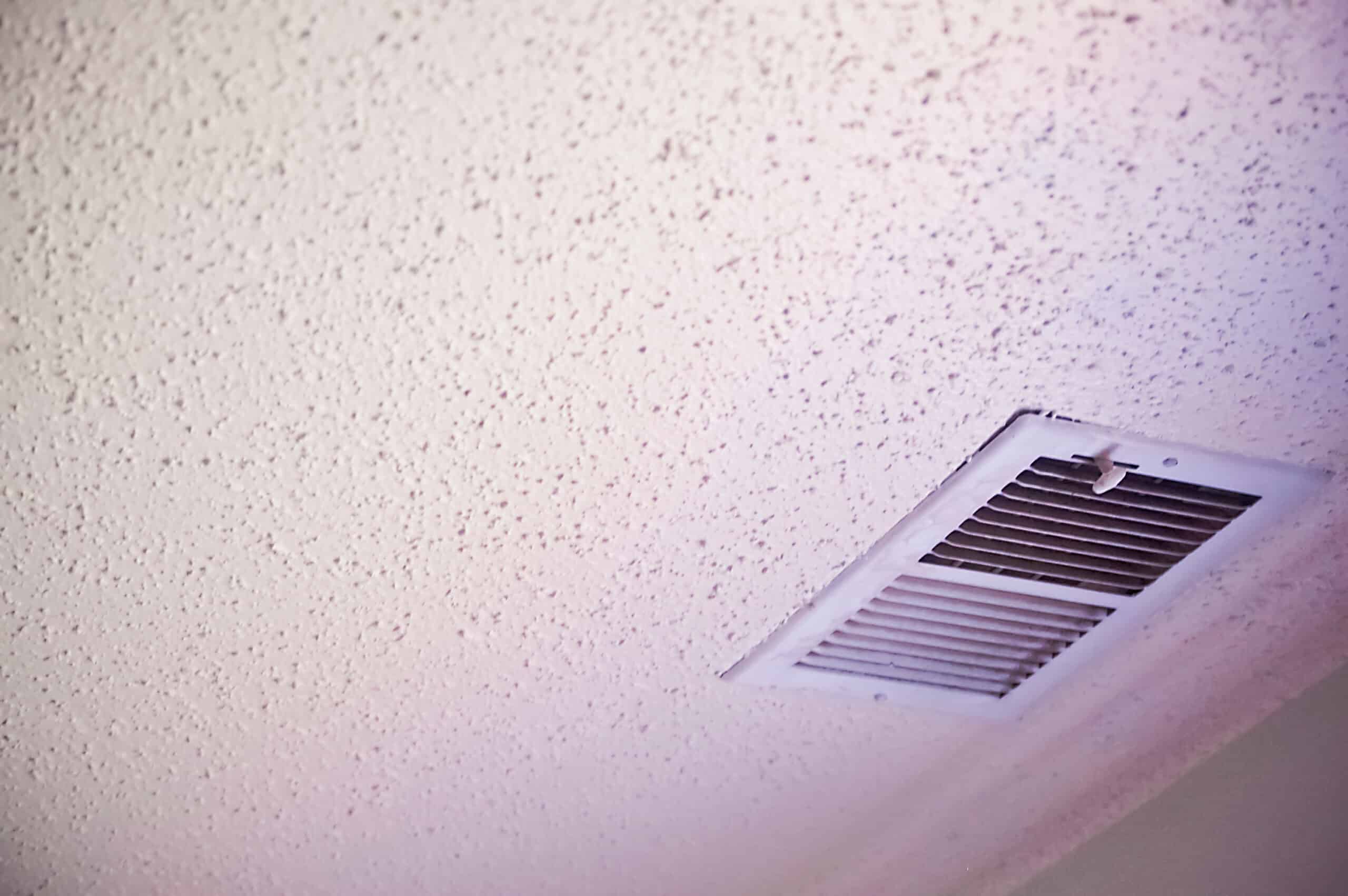
Credit: www.anitashousekeeping.com
Preventing Mold Recurrence
Preventing mold recurrence is essential to maintain a clean and healthy living space. Mold can grow on popcorn ceilings due to factors like poor ventilation and high humidity levels. By following some effective techniques and regular maintenance tips, you can keep your popcorn ceiling mold-free. In this section, we will discuss two crucial aspects of preventing mold recurrence – effective ventilation techniques and regular maintenance tips.
Effective Ventilation Techniques
Good ventilation is key to preventing the growth of mold on popcorn ceilings. When there is proper air circulation, moisture levels are kept under control, reducing the chances of mold development. Here are some ventilation techniques you can employ to keep your popcorn ceiling mold-free:
- Open Windows and Doors: Create a cross-breeze by opening windows and doors in different parts of your home. This will allow fresh air to circulate and push out stagnant, humid air that promotes mold growth.
- Use Exhaust Fans: Install exhaust fans in your kitchen, bathroom, and any other areas prone to moisture, such as laundry rooms. These fans help to remove excess humidity from the air, preventing mold formation.
- Invest in a Dehumidifier: If your home experiences high levels of humidity, consider investing in a dehumidifier. This appliance effectively reduces moisture in the air, making it difficult for mold to thrive.
Regular Maintenance Tips
In addition to effective ventilation, regular maintenance is crucial to prevent mold recurrence on your popcorn ceiling. By following these maintenance tips, you can keep your ceiling clean and mold-free:
- Regular Dusting: Dust your popcorn ceiling regularly using a soft cloth or a feather duster. This helps remove any dirt or dust particles that can potentially attract moisture and promote mold growth.
- Maintain Proper Insulation: Ensure your home is properly insulated, especially in areas where the ceiling is prone to condensation. Proper insulation helps regulate temperature and prevents moisture buildup, which can lead to mold infestation.
- Address Water Leaks Promptly: If you notice any signs of water leaks or water damage, address them promptly. Fixing leaks and drying any wet areas quickly prevents mold from finding a suitable environment to grow.
- Dispose of Moldy Items: If you find any moldy items in your home, such as furniture or carpets, it is important to dispose of them properly. Keeping mold-infested materials can contribute to the recurrence of mold on your popcorn ceiling.
By implementing these effective ventilation techniques and following regular maintenance tips, you can significantly reduce the risk of mold recurrence on your popcorn ceiling. Remember, mold prevention is much easier than mold removal, so it’s essential to take proactive measures to keep your home healthy and mold-free.
Professional Help And Conclusion
While cleaning mold off popcorn ceilings can be done by following the aforementioned steps, there may be instances where seeking professional help is necessary. Here are some factors to consider:
When To Seek Professional Assistance
- If the affected area is larger than 10 square feet, it is recommended to consult a professional mold remediation service to ensure proper containment and removal.
- If you have allergies or respiratory conditions, it is safer to let professionals handle the mold remediation process to avoid potential health risks.
- When the source of the mold is uncertain or difficult to locate, professionals can utilize their expertise and advanced equipment to identify the root cause and provide a comprehensive solution.
- In cases where the mold growth keeps recurring even after DIY cleaning, professionals can address the underlying issues and offer long-term solutions to prevent further mold infestation.
Remember, professional assistance can save you time, effort, and give you peace of mind knowing that the mold problem is being handled by experts.
Final Tips For Maintaining Mold-free Popcorn Ceilings
- Regularly inspect your popcorn ceilings for any signs of mold growth, such as discoloration, musty odor, or dampness.
- Keep the humidity level in your home below 50% to prevent an ideal environment for mold to thrive.
- Ensure proper ventilation in bathrooms, kitchens, and other areas prone to moisture buildup.
- Fix any leaks or water damage promptly to prevent mold growth.
- Clean and dust your popcorn ceilings regularly to prevent the accumulation of mold-spores.
By following these final tips, you can maintain a mold-free environment and ensure the longevity of your popcorn ceilings.
Frequently Asked Questions On How To Clean Mold Off Popcorn Ceiling
Can I Clean Mold Off Popcorn Ceiling Myself?
Yes, you can clean mold off your popcorn ceiling yourself. However, make sure to wear protective gear, such as gloves and a mask, to avoid inhaling mold spores. Mix a solution of water and detergent, scrub the affected area gently, and then rinse with clean water.
Finally, dry the ceiling thoroughly to prevent further mold growth.
What Are The Risks Of Living With Mold On Popcorn Ceiling?
Living with mold on your popcorn ceiling can pose health risks. Mold spores can cause allergic reactions, respiratory issues, and even infections in people with weakened immune systems. In addition, mold can weaken the structural integrity of the ceiling over time.
It is important to address mold growth promptly to ensure a safe living environment.
Can Bleach Be Used To Clean Mold Off A Popcorn Ceiling?
Yes, bleach can be used to clean mold off a popcorn ceiling. Mix one part bleach with three parts water, and apply the solution to the affected area with a sponge or cloth. Scrub gently and then rinse with clean water.
However, be cautious as bleach may cause discoloration on certain popcorn ceiling types, so test it on a small, inconspicuous area first.
How Can I Prevent Mold From Returning On My Popcorn Ceiling?
To prevent mold from returning on your popcorn ceiling, it is important to address the underlying cause of the moisture. Ensure proper ventilation in the room, fix any leaking pipes or roof, and reduce humidity levels. Regularly inspect your ceiling for signs of mold growth and promptly address any issues.
Additionally, painting the ceiling with mold-resistant paint can provide an extra layer of protection.
Conclusion
Cleaning mold off a popcorn ceiling can be achieved by taking the right precautions and utilizing the proper techniques. It’s important to act promptly and thoroughly to prevent future mold growth. By following the steps outlined in this guide, you can effectively restore the appearance and health of your ceiling.
